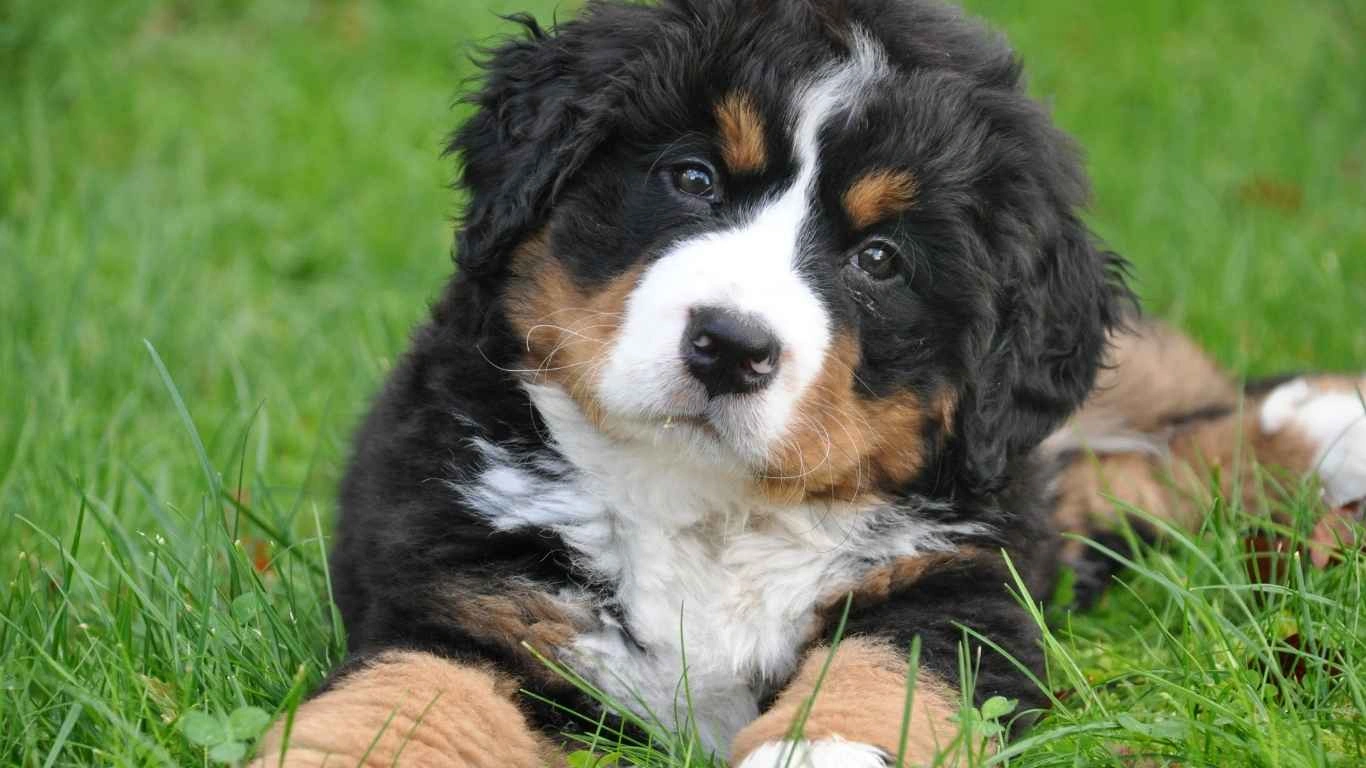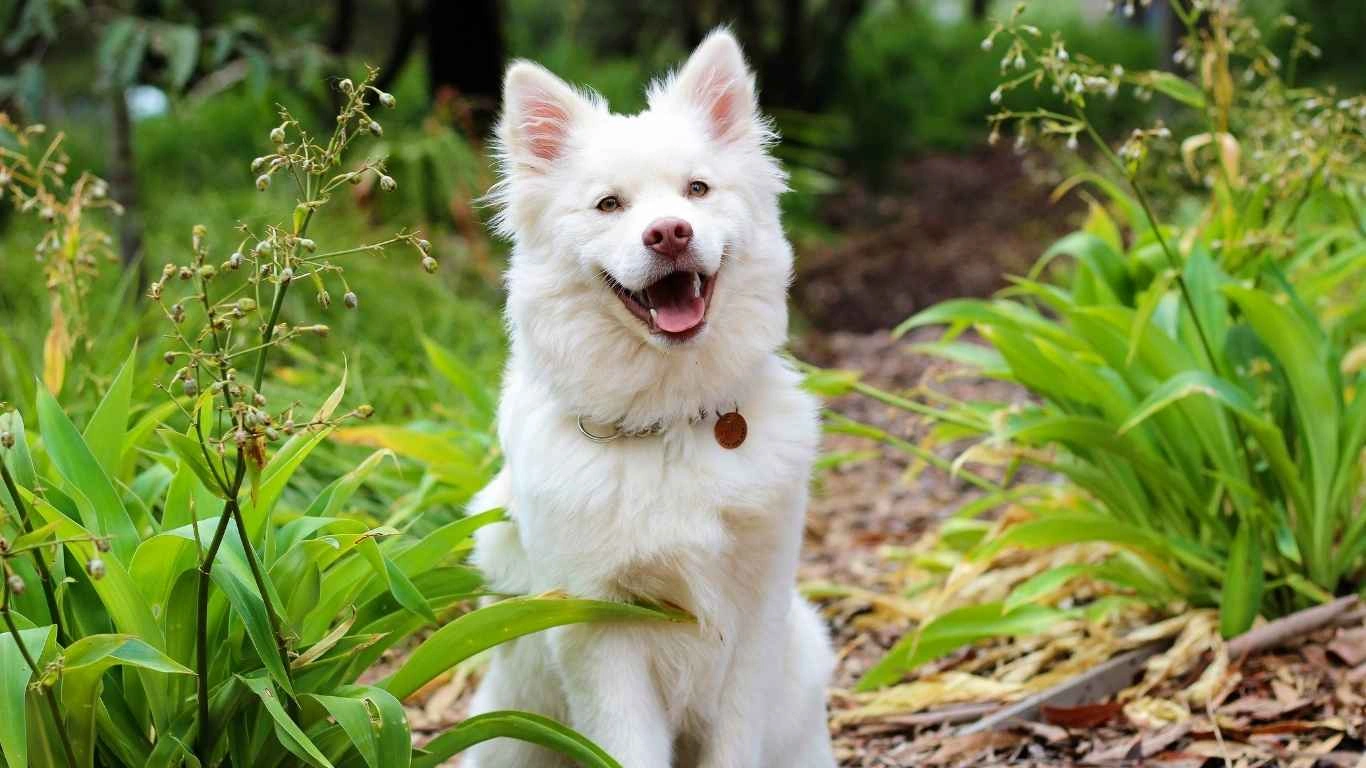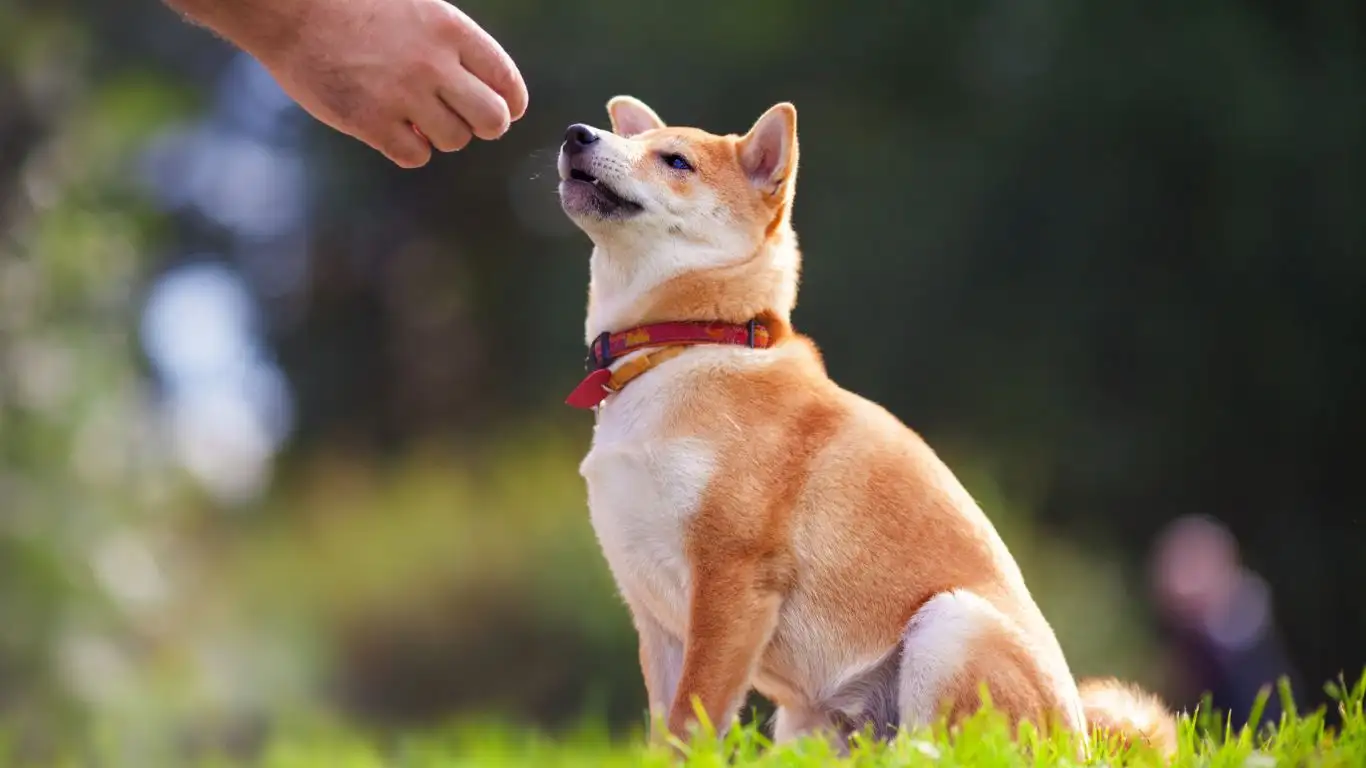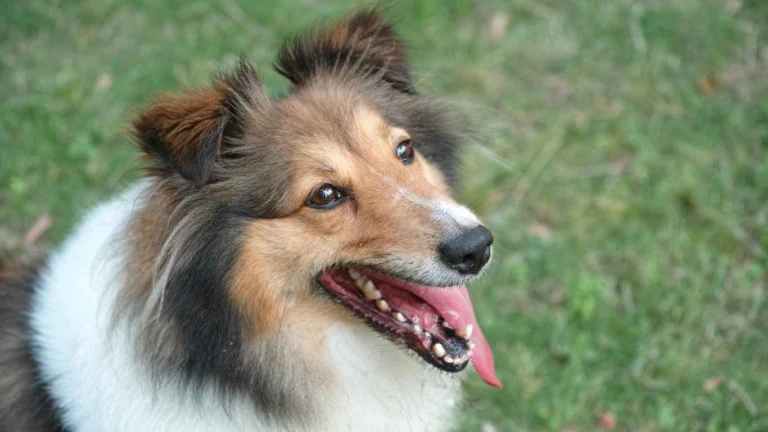How to Prepare a Low-Purine Diet for Dogs with Gout: A Simple Guide
If you’ve ever had a dog diagnosed with gout or noticed signs of joint pain and inflammation, you’re probably wondering what you can do to help them feel better. One of the most important things you can do is adjust their diet. Gout in dogs is a condition where uric acid builds up in the joints, leading to painful flare-ups and inflammation. A low-purine diet for dogs with gout is often recommended by veterinarians to help manage the condition, and it’s something you can prepare at home with just a little effort and know-how.
In this guide, I’ll walk you through the process of creating a balanced, low-purine meal plan for your dog, based on my experience as an Animal Care Specialist. It might sound tricky at first, but trust me – with a little patience and understanding, it can be a straightforward and rewarding experience for both you and your furry friend.
What Is Gout in Dogs and How Does Diet Play a Role?

Before diving into the specifics of how to prepare a low-purine diet for dogs with gout, it’s essential to understand what gout is and why a special diet is so important. Gout is a form of arthritis that results from the accumulation of uric acid crystals in the joints. This can cause severe pain, swelling, and redness, often affecting your dog’s mobility. The condition is most common in older dogs or those with certain breed predispositions, like Dalmatians and some terrier breeds.
Diet plays a significant role in managing gout because purines – which are naturally found in many animal-based proteins – are broken down into uric acid during digestion. Dogs with gout need a low-purine diet to prevent uric acid from building up to dangerous levels. Reducing purine-rich foods can help manage your dog’s symptoms, but at the same time, you need to make sure their diet is still nutritionally balanced. This is where the challenge lies – you want to help your dog’s body process food in a way that supports their health without aggravating their condition.
Low-Purine Diet for Dogs: What You Need to Know
When preparing a low-purine diet for dogs with gout, there are a few key considerations to keep in mind. You want to focus on foods that are low in purines but still provide all the necessary nutrients. It’s important not to cut corners, as your dog’s health and overall well-being depend on it. Here are the primary guidelines for creating the right diet:
- Choose the right protein sources: Low-purine proteins, such as chicken (without the skin), turkey, and certain types of fish (like salmon), are great choices. Avoid red meats and organ meats, which are much higher in purines.
- Avoid high-purine vegetables: Some vegetables, like spinach, mushrooms, and asparagus, contain higher levels of purines. Stick to veggies like carrots, peas, and green beans that are much lower in purines.
- Incorporate whole grains: Grains like rice, oats, and barley are not only a source of carbohydrates but also low in purines. These will help ensure your dog gets enough energy and fiber without adding extra purines to their diet.
- Monitor fat content: While fat is an important part of a dog’s diet, it’s essential to avoid excessive amounts, particularly from fatty cuts of meat or oils. Opt for lean cuts of protein and consider cooking methods like baking or steaming instead of frying.
Why Your Dog’s Gout Symptoms Could Worsen with the Wrong Diet

Feeding your dog the wrong foods when they have gout can have serious consequences. A diet high in purines can trigger painful flare-ups, causing your dog to suffer from joint pain and discomfort. As the uric acid builds up in their system, it can lead to inflammation and swelling in the joints, which not only causes pain but can also damage the tissues and cartilage in the affected areas over time.
In addition to the obvious discomfort, gout flare-ups can lead to a decrease in your dog’s activity levels. They may avoid walking, running, or even playing, which can affect their overall health and quality of life. By ensuring they are on a low-purine diet, you’re giving them the best chance to manage their condition and maintain a more active lifestyle.
Signs Your Dog Might Have Gout
While gout isn’t incredibly common in dogs, it’s something pet parents should be aware of. Gout symptoms often mimic those of other joint problems, so it can sometimes be tricky to diagnose without a visit to the vet. However, there are a few signs you can look for:
- Limping or lameness: If your dog is favoring one leg or showing a reluctance to move, it could be a sign of joint pain from gout.
- Swollen joints: Gout often causes swelling in the joints, especially the paws, elbows, and knees.
- Change in behavior: Dogs with gout may become irritable or withdrawn due to the pain they’re experiencing.
- Difficulty walking: If your dog is having trouble getting up or walking, it’s time to consult with a vet to rule out gout.
How to Get Started with a Low-Purine Diet for Your Dog

Getting started with a low-purine diet for your dog can feel overwhelming, but I promise it doesn’t have to be. I’ve worked with many pet parents who’ve found the process to be pretty straightforward once they understood the basics. The first step is to consult with your veterinarian, who will provide you with specific recommendations tailored to your dog’s needs. Once you have a clear idea of the foods to avoid and those to focus on, you can start creating balanced meals at home.
Here’s a quick checklist to help you get started:
- Make a list of low-purine protein sources (e.g., skinless chicken, turkey, certain fish).
- Focus on adding low-purine vegetables like carrots, green beans, and peas.
- Choose whole grains that are easy on your dog’s digestion.
- Keep a watchful eye on fat content and opt for lean proteins and healthy cooking methods.
- Introduce any new foods gradually to ensure your dog’s digestive system adapts properly.
Remember, consistency is key. By maintaining a balanced, low-purine diet, you can help your dog manage gout and live a more comfortable life. In the next part of this series, we’ll dive deeper into specific meal recipes and tips for managing your dog’s condition on a day-to-day basis, so stay tuned!
Creating Balanced Meals for Dogs with Gout

Now that you’ve got a solid understanding of what a low-purine diet for dogs with gout should look like, it’s time to roll up your sleeves and start preparing those meals. If you’re new to cooking for your dog, it may seem like a lot of work at first, but once you get the hang of it, it’s a pretty straightforward process. Plus, cooking for your dog allows you to control exactly what they’re eating, which is especially important when managing a health condition like gout.
As an Animal Care Specialist, I’ve seen firsthand how a well-balanced homemade diet can improve a dog’s overall health. For dogs with gout, it’s not just about cutting out purine-rich foods but also making sure their meals are packed with the nutrients they need. A well-rounded meal plan should include lean proteins, low-purine vegetables, healthy fats, and complex carbohydrates. I’m going to break down how to combine these ingredients into meals your dog will love – and that will help manage their gout symptoms.
Protein Choices for Dogs with Gout
As we discussed earlier, protein is a key part of any dog’s diet, but when dealing with gout, it’s crucial to choose the right protein sources. I always recommend opting for lean, low-purine meats such as skinless chicken, turkey, and some types of fish like salmon or whitefish. These proteins are easy for your dog to digest, and they won’t trigger a gout flare-up the way red meat or organ meats might.
Let’s take a closer look at some of these options:
- Chicken: Skinless chicken breast is one of the best options. It’s low in purines and rich in protein. I usually recommend cooking it thoroughly and shredding it into bite-sized pieces for easy consumption.
- Turkey: Turkey is another great option that’s lean and low in purines. You can use ground turkey or turkey breast, but make sure there’s no skin or fat attached.
- Fish: Salmon, cod, and whitefish are excellent protein sources. Fish is rich in omega-3 fatty acids, which can help reduce inflammation in your dog’s joints, making it an ideal choice for gout management.
- Eggs: Eggs are a great alternative protein source. They’re not only low in purines but also packed with essential amino acids and fatty acids that promote overall health.
When preparing these proteins, always avoid cooking them in excess oils or fats. Stick to baking, grilling, or boiling, as these methods will keep the fat content low while still preserving the nutrients.
Low-Purine Vegetables to Include in Your Dog’s Diet

Now let’s talk about veggies – the unsung heroes of a healthy dog diet. While some vegetables are higher in purines (like spinach, asparagus, and mushrooms), there are plenty of low-purine options that are not only safe for dogs with gout but also packed with vitamins and fiber. These veggies can help keep your dog’s digestion running smoothly and provide additional health benefits.
Here are a few of my go-to vegetables that are perfect for a low-purine diet:
- Carrots: Carrots are rich in beta-carotene, an antioxidant that promotes healthy skin and vision. They’re also low in purines and make a great crunchy snack for your dog!
- Green Beans: Green beans are a fantastic low-purine vegetable that’s full of fiber and vitamins. They’re also low in calories, making them a great option if your dog needs to maintain a healthy weight.
- Sweet Potatoes: These are not only low in purines but also packed with antioxidants and fiber. Sweet potatoes can help regulate your dog’s digestive system and provide a nice balance of carbohydrates.
- Peas: Peas are another great choice, full of vitamins A, K, and C. They’re also a good source of fiber and can help keep your dog’s digestive system healthy.
- Pumpkin: Pumpkin is rich in fiber and vitamin A, which can help with digestion and skin health. It also provides a nice texture to meals, and most dogs find it delicious!
When preparing vegetables for your dog, make sure they’re cooked well to make them easier to digest. You can steam, bake, or boil the veggies – just avoid adding any salt, butter, or seasoning. While your dog’s palate might not be as refined as ours, the simpler, the better when it comes to preparing dog-friendly food.
Carbohydrates for Energy: The Right Grains

While dogs don’t need carbohydrates in the same quantity as humans, they still require some to maintain energy levels and support overall health. For dogs with gout, it’s important to choose carbohydrates that are low in purines but still provide lasting energy. This means focusing on whole grains rather than processed, refined carbs.
Here are a few carbohydrate options that work well in a low-purine diet for dogs with gout:
- Rice: White rice and brown rice are easy for dogs to digest and provide a good source of carbohydrates. Brown rice, in particular, has more fiber and nutrients, but both are safe and beneficial.
- Oats: Oats are another great option. They’re rich in fiber, which helps with digestion and can even promote a healthy weight. Oats are also full of vitamins and minerals like manganese and phosphorus.
- Barley: Barley is a nutritious whole grain that’s low in purines. It provides energy and is a good source of soluble fiber, which is beneficial for your dog’s digestive health.
When preparing these grains, make sure they’re cooked thoroughly. Steaming or boiling the grains is the best method to ensure they’re easy on your dog’s digestive system.
Building a Balanced Meal for Your Dog
Now that you have an idea of which ingredients to use, it’s time to start building balanced meals for your dog. A good rule of thumb is to combine a lean protein, low-purine vegetables, and whole grains in each meal. This will provide your dog with all the essential nutrients they need while keeping purine levels in check.
Here’s a simple meal example to get you started:
- Grilled chicken breast (shredded)
- Steamed green beans and carrots
- Cooked brown rice
Mix them all together, and you’ve got a delicious, nutritious, low-purine meal for your dog! Just remember to portion according to your dog’s size and activity level, and always keep an eye on their weight and overall health.
In the next section, we’ll dive deeper into how to monitor your dog’s progress on a low-purine diet and make any necessary adjustments. Stay tuned for more tips and tricks to keep your dog happy and healthy!
Monitoring Your Dog’s Progress on a Low-Purine Diet

So, you’ve switched your dog to a low-purine diet to manage their gout – but how do you know it’s working? Monitoring your dog’s progress is crucial to ensuring their condition improves and that you’re meeting all their nutritional needs. It can be easy to get caught up in the excitement of cooking homemade meals for your dog, but remember, consistency and observation are key.
As someone who’s spent years working in pet care, I’ve seen how diet changes can significantly impact a dog’s health, both positively and negatively. If you’re transitioning your dog to a new way of eating, it’s important to keep an eye on a few specific areas: their weight, activity level, and any changes in their symptoms. Let’s talk about how you can monitor their progress.
Tracking Weight and Body Condition
One of the first things you’ll want to track is your dog’s weight. With a low-purine diet, the goal is to ensure your dog is maintaining a healthy weight without gaining or losing too much. Obesity can put additional stress on joints, which could worsen gout symptoms, while being underweight can lead to muscle loss and overall weakness. Both extremes should be avoided.
When monitoring weight, check in with your vet regularly to make sure your dog’s weight is on track. Keep in mind that some dogs may have a tendency to gain weight on homemade diets due to the richer food, so portion control is essential. I usually recommend keeping a food diary or using an app to track what you’re feeding your dog each day. This way, you can be sure you’re offering balanced portions.
If you’re noticing that your dog is gaining too much weight, you might need to adjust the portion sizes or switch up the ingredients a bit. On the other hand, if your dog is losing weight too quickly, it could be a sign they’re not getting enough calories, and you may need to add more nutrient-dense foods to their meals.
Adjusting Meals Based on Symptoms

Along with tracking their weight, keep a close eye on your dog’s symptoms. Are they experiencing less joint pain? Is their activity level improving? These are signs that your low-purine diet is likely helping. However, it’s not always an immediate turnaround, and it may take a few weeks for you to see noticeable results.
Sometimes, you might notice that your dog’s condition worsens even after switching to the new diet. This could happen for various reasons, such as an undiagnosed underlying health issue or a food sensitivity that wasn’t anticipated. In these cases, it’s best to revisit the meal plan with your vet to make any necessary adjustments. I can’t stress enough how important it is to maintain open communication with your veterinarian during this process. Together, you can fine-tune your dog’s diet to best support their health.
Keeping Track of Your Dog’s Mobility
Another important thing to track is your dog’s mobility. Gout flare-ups often make it difficult for dogs to move around comfortably. If you’re seeing improvements in their movement and they’re playing or walking more easily, that’s a strong indication that the diet is having a positive effect. On the flip side, if your dog’s limp or discomfort persists, it could mean that the low-purine diet isn’t addressing their needs fully. In this case, a vet visit is essential to reevaluate the treatment plan.
Consulting With Your Veterinarian
Even though feeding your dog a low-purine diet is a great step toward managing their gout, you should always work closely with your veterinarian to ensure your dog’s health is improving. Every dog is different, and what works for one may not be the best option for another. Your vet can run tests to check uric acid levels and determine how well the diet is working in real time. They can also help monitor other potential health problems that may arise along the way.
When you see your vet, bring along any notes about your dog’s food intake, behavior, and symptoms. Having a detailed record of their diet and progress will give the vet valuable insight and make it easier to adjust their treatment plan. I’ve found that clients who are diligent about keeping track of their pets’ meals and symptoms tend to see better results overall because they can make informed decisions based on real data.
References
For more information on managing gout in dogs and creating a low-purine diet, be sure to consult reliable pet health resources. Here are a few you might find helpful:
Disclaimer
The information provided in this article is for educational purposes only and should not be substituted for professional veterinary advice. Always consult with a qualified veterinarian before making any significant changes to your dog’s diet or treatment plan. Gout and other health conditions in pets require individualized care, and only a licensed professional can provide appropriate diagnoses and treatment recommendations.
Taking care of a dog with gout can feel challenging at times, but with the right diet and a bit of patience, your dog can lead a happy, active life. Keep an eye on their progress, make adjustments as needed, and always consult your vet to ensure your furry friend is getting the best care possible. Remember, you’re not alone on this journey – there’s a whole community of pet parents and professionals out there who are rooting for your dog’s health!






